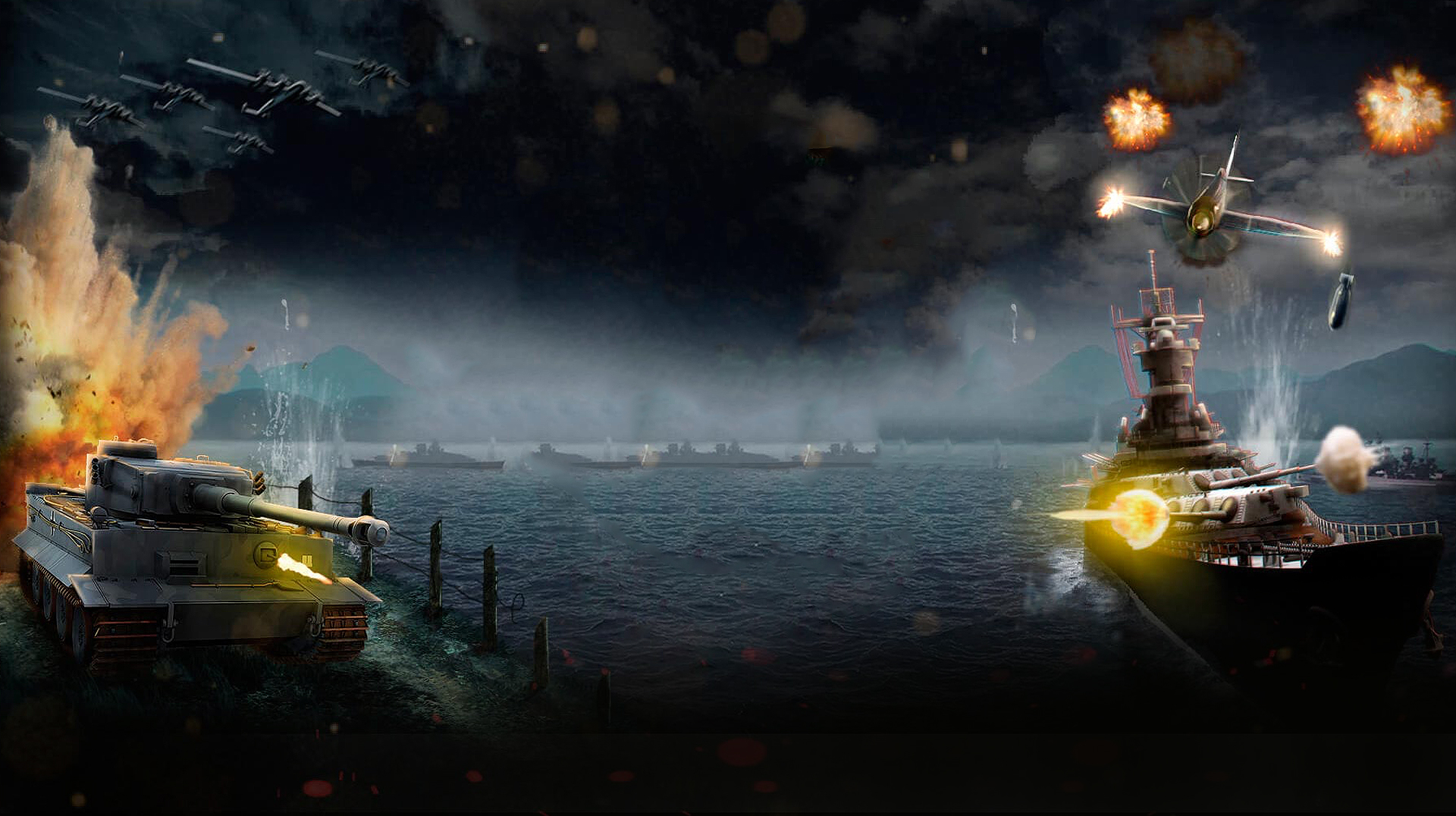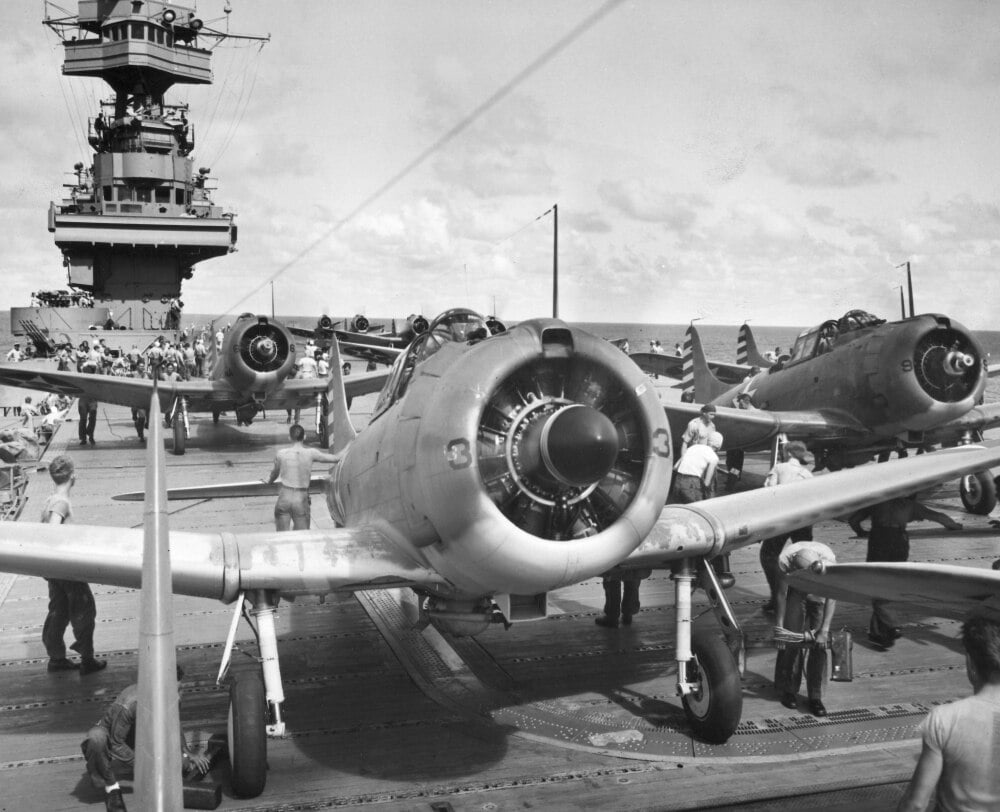

It was not until interest mounted in trans-Atlantic flight during the1930s that the wilderness along Gander Lake became internationally significant. There were no inhabitants, no nearby permanent settlements, and no roads leading to the area. Just nine years earlier, the site was an undeveloped patch of wetlands and boreal forest.

First, Iceland could be used as a permanent base in the North Atlantic, which negated the need for floating aerodromes. Its demise was a combination of three factors, according to Langley. But by mid-1943, the project started to sink. The test had shown that the ice ship wasn’t pure fantasy. There were doubts about the strength of the ice and the viability of the structure itself although a better building material called “pykrete” (from Pyke and concrete) was developed around this time by adding wood pulp to the ice mix, it wasn’t used in the prototype, and manufacturing it in the huge quantities needed for the Habbakuk seemed impractical. Some of the piping arrived damaged, so water couldn’t be used for the cooling system and air was pumped through instead.

It worked, but it wasn’t all smooth sailing. Education Images/Universal Images Group Editorial/UIG via Getty ImagesĪ roof was put on top of the structure to protect it from the elements and disguise it as a boat house. A view of Patricia Lake, in the Jasper National Park, Canada.


 0 kommentar(er)
0 kommentar(er)
